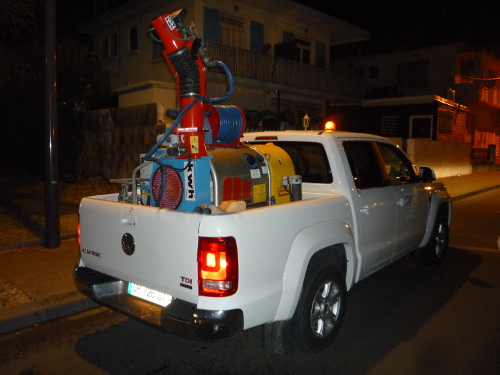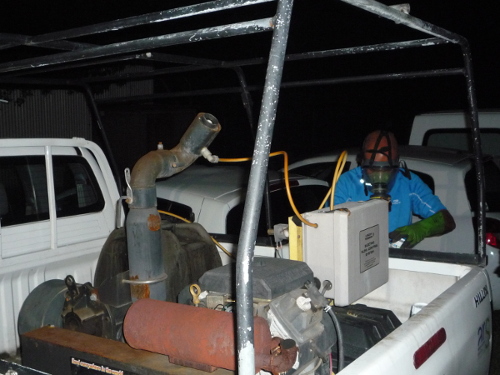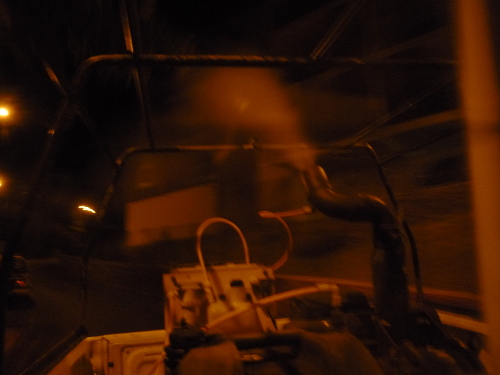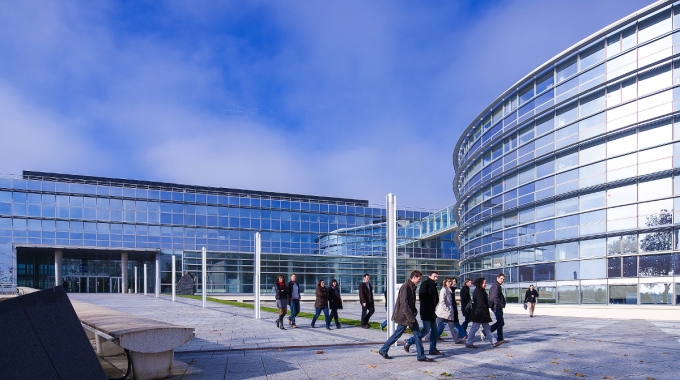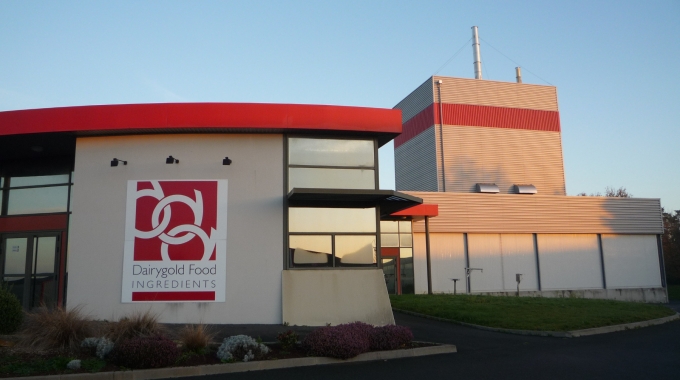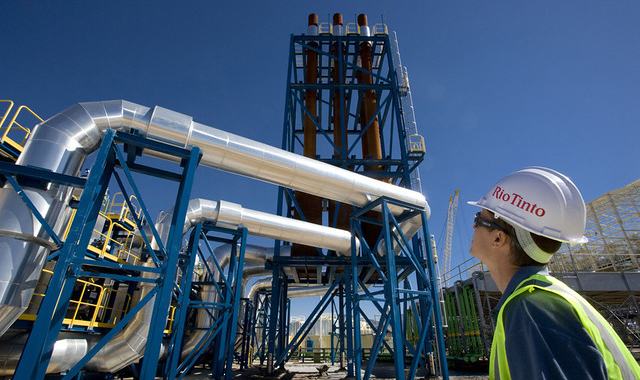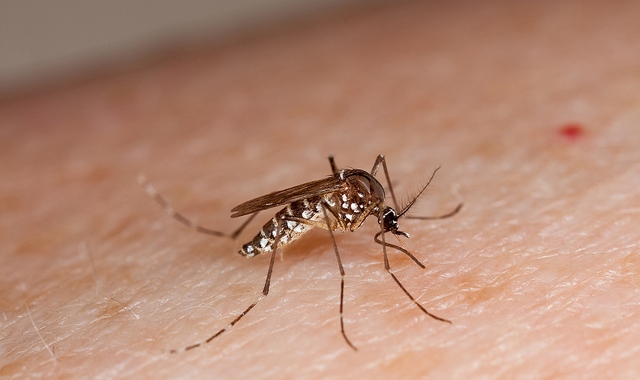
We successfully completed a project for the Regional Indian Ocean Health Agency (ARS-OI) in La Réunion. Our mission was to evaluate the exposure, by inhalation, of workers in the Anti-Vectorial Control Service spraying insecticides for the control of insect vectors of diseases.
Context of the assessment
The control of insect-borne human diseases is handled by the ARS Anti-Vectorial Control Service (LAV). The mission of this service is to prevent the spread of insect-borne diseases, particularly mosquitoes: dengue fever, West Nile fever, Chikungunya and malaria. Dengue is the main problem in the control of mosquito vectors. It is the prevention of this disease transmitted by the Aedes aegypti mosquito which mobilizes essential ways.
Since 2016, this action has been exacerbated by the development of a major Zika epidemic in South and Central America, where many countries are affected. This epidemic has spread to Martinique, Guyana, and to a lesser extent in Guadeloupe and La Réunion .
In the framework of this vector control, the ARS OI carries out spraying of insecticides in targeted areas of the territory in order to control the risk of an epidemic.
The spatial spraying of the insecticide is carried out using an Ultra Low Volume apparatus (cold production of 20 to 50 μm droplet mist) London Foggers 15-20 type mounted on a Toyota Hilux 4x4x or Type Martignani Compact B748 mounted on a 4 × 4 Volkswagen Amarok.
In this context, the ARS OI and Occupational Medicine required to assess the exposure of workers to the active substances during spraying operations.
Scope of work
In order to meet this particular demand, we have carried out the following tasks:
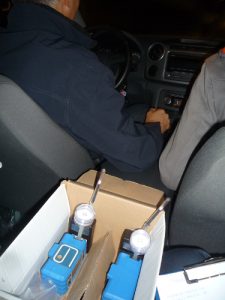 Identification of the substances contained in the commercial formulation of the insecticide;
Identification of the substances contained in the commercial formulation of the insecticide;- Identification of appropriate sampling devices (supports, flows) to achieve limits of detection and quantification consistent with the duration of exposure (a few minutes to a few hours);
- Assistance to ARS-OI in the choice of :
- Hazard tracers and the substances to be measured;
- Treatment areas and the most representative and / or penalizing protocol for workers;
- The level of quality assurance (QA) and quality control (QC) for the campaign: number of samples field blank (FB), field duplicates (FD), systematic calibration of pumps, …;
- Sampling of air samples in vehicles with observations of odours indices;
- Analysis of results submitted by our subcontractor laboratory;
- Writing a complete and autonomous report summarizing the operating conditions and the values compared to the French and international Occupational Exposure Values (VLEP, VME, TWA …)
Results
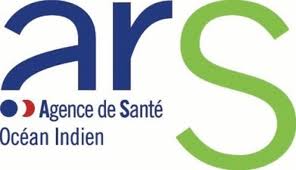 The results of this campaign reassured the various actors (ARS, Occupational Medicine, CHSCT, workers).
The results of this campaign reassured the various actors (ARS, Occupational Medicine, CHSCT, workers).
At the end of this mission, the Director of ARS-OI indicated that:
Mr. Bouzonville, very professional, not only perfectly realized this mission, but also provided an advisory role on the methodology by proposing an adaptation of the desired compounds based on the products used and sampling protocols to meet our demand.
Mr. Bouzonville assured a fast, meticulous work, along with all necessary pedagogy with workers with whom he worked.
Moreover, the practical constraints linked to the mission (work in restricted and uncomfortable space, night and day work in the same week, etc.) were easily overcome by M. Bouzonville
Finally, the analysis reports and related interpretations were delivered on time with a level of detail corresponding to my expectations.
For all these reasons I can thank Mr. Bouzonville and certify that the work of the company ATMOTERRA was of high quality.
The carbon footprint was estimated at 2,365 kg CO 2 e (high value, considering the uncertainties).
We have taken care to minimize these emissions throughout the project. For those that we could not avoid, they were offset by the purchase of a carbon offset certificate (5 tonsof CO2e) through the installation of an effluent treatment plant with a methane recovery digester at Kamphaengphet in Thailand. This project is accredited Gold Standard under the Clean Development Mechanism (CDM) of the United Nations Famework Convention on Climate Change (UNFCCC).
This project is therefore Neutral Carbon
Photos: USDA photo by Stephen Ausmus & ATMOTERRA & ARS OI



